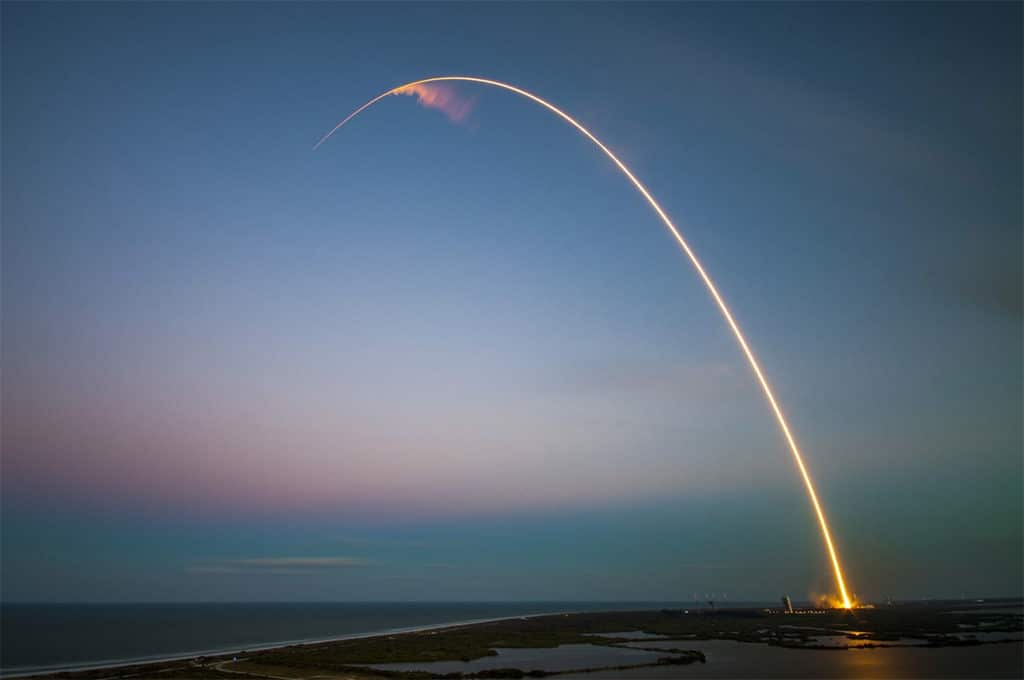Source: Intelligent Aerospace article
The EEE components selection process for space applications is a complex one. Many related parameters are considered, one of them being Space Heritage. Nevertheless, the Space Heritage weight is often overvalued, intentionally or not intentionally.
It is common to use the term without going in depth of understanding the real applicability to a subject case. In fact, there are objective reasons to get to the bottom of the issue. To get to the bottom of the applicability of the term “Space Heritage”, one needs not accessible related information. This article deals with the prerequisites for understanding the real value of the term “Space Heritage,” used in conjunction with a given application.
Meaning of the attribute “Space”
Space is anything beyond an altitude of 100Km. The environmental conditions for the different satellites’ orbits are different. Consequently, the meaning of “Space Heritage” differs as a function of a given orbit.
Satellites size, topology, design
It is a reasonable statement to claim that there are no two identical satellites. Consequently, not knowing in depth the specific worst case shielding applicable to a referenced EEE component affects the value of its space heritage. In addition, not knowing the rationale behind selecting and using the referenced EEE component within the referenced application, affects the value of its space heritage. For example, the rationale of selecting and using an EEE component in a given application may include different factors, like:
- Mission Criticality (e.g. experimental, operational etc.)
- Risk Management based on subjective acceptable risk
- Mission duration
- Confidence level of knowing the component’s radiation withstanding capability (by RLAT of the flight lot, by generic data etc.)
- The calculated expected radiation as a function of available shielding, based on the applicable Dose Depth Curve, based on a certain set of assumptions
- The subject EEE component functional criticality
- Design redundancy
- Implemented design measures, based on knowledge of expected radiation level
Space Heritage interpretation
It is a fact of life that the way a seller or a buyer is referring to the term “Space Heritage” is different. A seller presents its product (usually a subassembly to be integrated into the buyer’s satellite) space heritage, based on usage in different applications’ often in unknown (to him) conditions.
The presentation is in general terms, often by using the wording “Space Heritage” only. The buyer, being responsible for his own satellite shall value the space heritage applicability to his specific requirements. Usually the buyer is not able to get to the bottom of understanding the full value of the mentioned space heritage of the selected EEE components.
EEE components selection
The parameter “Space Heritage” is a value added one. However, one should not overreact. The applicability of the given space heritage to the intended specific application has to be evaluated within the accessible data. The term “Space Heritage” alone should not lead to hasty conclusion.
Space Heritage duration
Space heritage, presented related to time, has to be taken accordingly. Often the starting in orbit mission timing is not presented for a space heritage referenced satellite. Also the relevant end of in orbit mission timing (if applicable) vs. the planned life is not shown.
If the space heritage is referred to a multi satellite common named program, the individual satellites may differ from each other. The content of the EEE parts may change during the time due to a dynamic EEE components market. A certain EEE component may be replaced with a replacement, affecting its space heritage. It has to be mentioned that the above statements are based on experience.
Conclusion
The term “Space Heritage” is a value added one in the process of EEE components selection, subject to an effective evaluation of its applicability to the given specific application. The actual value of the space heritage related to a specific application is limited by the accessibility to the relevant related information.
